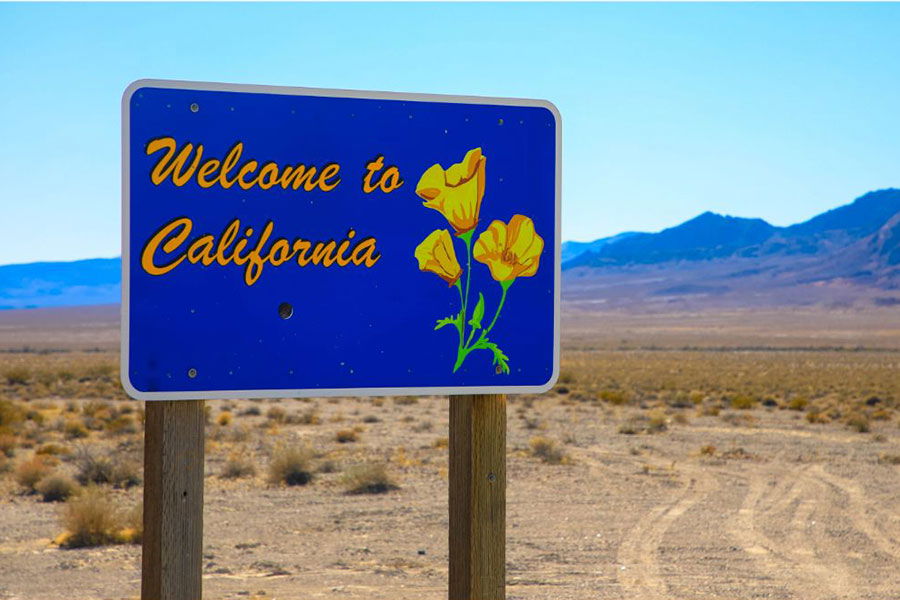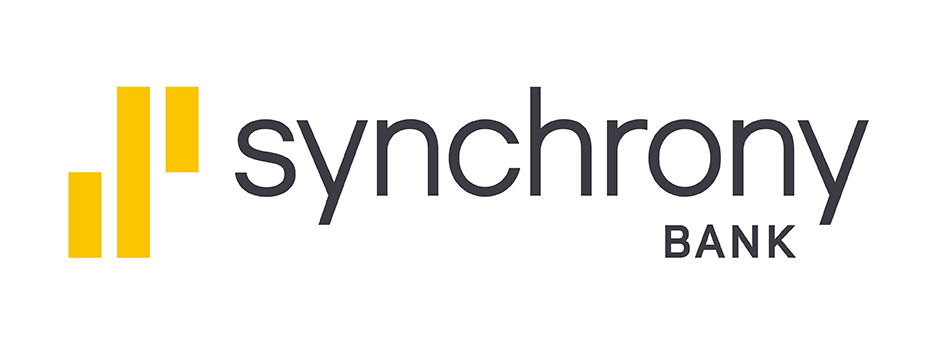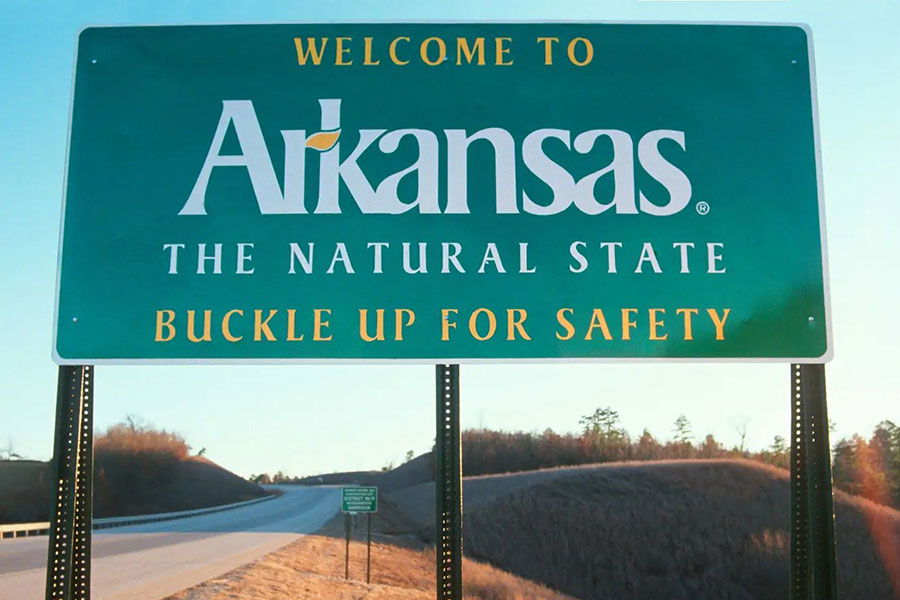Finding the right bank in California means balancing convenience, fees, and account features. Some banks offer extensive branch networks, while others provide high-yield savings or fee-free checking. Whether you prefer in-person service or a fully digital experience, there’s a bank that fits your needs.
With so many options, it’s important to compare what each bank offers. We’ve researched the top banks in California to help you find the best fit for your financial goals.

12 Best Banks in California
We evaluated banks based on account options, fees, accessibility, and customer service. Here are the best banks in California for checking, savings, and more.
1. SoFi
SoFi has secured its place as one of the top online banks in California, offering impressive benefits to its customers.
2. U.S. Bank
Offering a powerful blend of nationwide resources and localized service, U.S. Bank is a top pick for Californians seeking a comprehensive banking solution.
3. HomeStreet Bank
Founded in 1921, HomeStreet Bank is a full-service bank that serves the West Coast and Hawaii. There are two locations in California, but online banking is available.
4. Upgrade
Upgrade is a strong online banking option for Californians looking for fee-free accounts with high rewards and competitive savings rates.
5. PNC Bank
PNC Bank provides banking services across California, including branches in major cities such as Fresno, Long Beach, Los Angeles, Oakland, Riverside, Sacramento, San Diego, San Francisco, San Jose, Santa Ana, and more.
6. Chase Bank
Chase Bank is one of the largest banks in the nation, with more than 850 branches across over 380 cities in California.
7. Synchrony Bank
Synchrony Bank is a fintech startup offering a range of bank accounts for California residents.
8. Redwood Capital Bank
Redwood Capital Bank distinguishes itself as a community bank with established branches in Arcata, Eureka, and Fortuna.
9. Zions Bank
Zions Bank operates more than 80 branches across California, with locations in cities like Fresno, Pasadena, San Diego, Santa Monica, and Woodland Hills.
10. Comerica Bank
Comerica Bank’s 400+ banking centers can be found in California, Arizona, Florida, Michigan, and Texas.
11. California Bank & Trust
California Bank & Trust has served families and businesses in California for more than 70 years.
12. East West Bank
East West Bank was founded in 1973 to meet the banking needs of Chinese Americans in the Los Angeles area. When it comes to checking accounts, there are several options.
Banking Options in California
Whether you live or work in the Golden State, you can pick from several types of financial institutions for your banking needs. The most common options include the following.
National Banks
National banks are known as banking giants due to their reputations and large branch networks throughout the U.S. They tend to offer a diverse set of products in addition to deposit accounts, such as mortgages, investment accounts, and financial planning services.
Bank of America, U.S. Bank, PNC Bank, Truist, and Wells Fargo are all examples of national banks you’ve likely heard of before.
Regional Banks
Regional banks are smaller than national banks because they have branches in certain parts of the U.S., such as the West Coast or only California. Even though regional banks aren’t as large as national banks, they still have between $10 billion and $100 billion in total assets. Most of them offer a good combination of banking products and services for individuals and businesses.
Community Banks
Community banks serve customers in small geographic areas. Also referred to as relationship banks, these financial institutions are locally owned and operated and usually have less than $1 billion in assets. In most cases, community banks are deeply involved in their communities and focus on building strong, long-term relationships with their customers.
Online Banks
Online banks are exactly what they sound like: banks that operate online. Typically, online banks or digital banks don’t have any physical branches. As a result, they keep their overhead costs low and can pass the savings on to customers. Compared to traditional banks with brick-and-mortar locations, online banks offer competitive interest rates and low fees. The downside, however, is their customer service isn’t as strong.
How to Choose the Best Bank in California
The best bank for you depends on your financial needs. Some offer high interest rates on savings, while others focus on low fees or strong branch networks. Consider these key factors before making a decision.
- Interest rates: Online banks typically offer higher rates than traditional banks, but some have balance requirements to earn the best rates.
- Fees: Look for a bank with minimal fees, especially for maintenance, overdrafts, and out-of-network ATMs.
- Products: If you want all your accounts in one place, choose a bank that offers checking, savings, loans, and other financial services.
- Branch access: If you prefer in-person banking, pick a bank with convenient branch locations. Otherwise, an online bank might be a better fit.
- Digital tools: A strong mobile app and online banking platform make managing your finances easier, especially for deposits and transfers.
- Customer service: Choose a bank with multiple support options, including phone, email, and live chat.
- Reputation: Check customer reviews and ratings from sources like TrustPilot and the Better Business Bureau (BBB) to avoid potential issues.
Prioritizing these factors will help you find a bank that fits your lifestyle and financial goals.
Final Thoughts
California offers a wide range of banking options, from national banks with extensive branch networks to online banks with low fees and high savings rates. The best choice depends on your financial priorities, whether that’s convenience, interest rates, or customer service.
Before opening an account, compare fees, account features, and accessibility to ensure the bank meets your needs. If your financial situation changes, don’t hesitate to switch to a bank that offers better benefits.
Frequently Asked Questions
What is the best bank in California?
The answer to this question depends on what you hope to see in a bank. If you’re in the market for an online bank with competitive rates, for example, Chime might be right for you. On the other hand, if you prefer a bank with many physical locations and personalized service, U.S. Bank is worth exploring.
Are California banks safe?
Yes. Most banks and credit unions are insured by the Federal Deposit Insurance Corporation (FDIC) or the National Credit Union Administration (NCUA). This means in the event of a bank failure, your hard-earned money will be protected. Individual accounts are usually insured for up to $250,000 while joint accounts are insured for up to $500,000.
What are the best credit unions in California?
If you don’t mind becoming a member and want more personal service, a credit union in California might make sense. But you may not have as many products and services to choose from.
Some of the best credit unions in California include AdelFi Credit Union, California Credit Union, Golden1 Credit Union, and Alta Vista Credit Union. Take the time to research other major credit unions in California to find the best credit union for you.
What are the best checking accounts in California?
The best checking account depends on what your goals are. Our top picks are U.S. Banks’ Bank Smartly® Checking, SoFi’s Checking & Savings account, and Chime’s Checking account. Other noteworthy accounts are the Bank of America Advantage Banking account, and the East West Value Checking account.
Which banks have the most branches in California?
Chase, Wells Fargo, Bank of America, U.S. Bank, and Comerica Bank are several of the banks with the most branches in California. If in-person banking is important to you, you should look into these options.
















